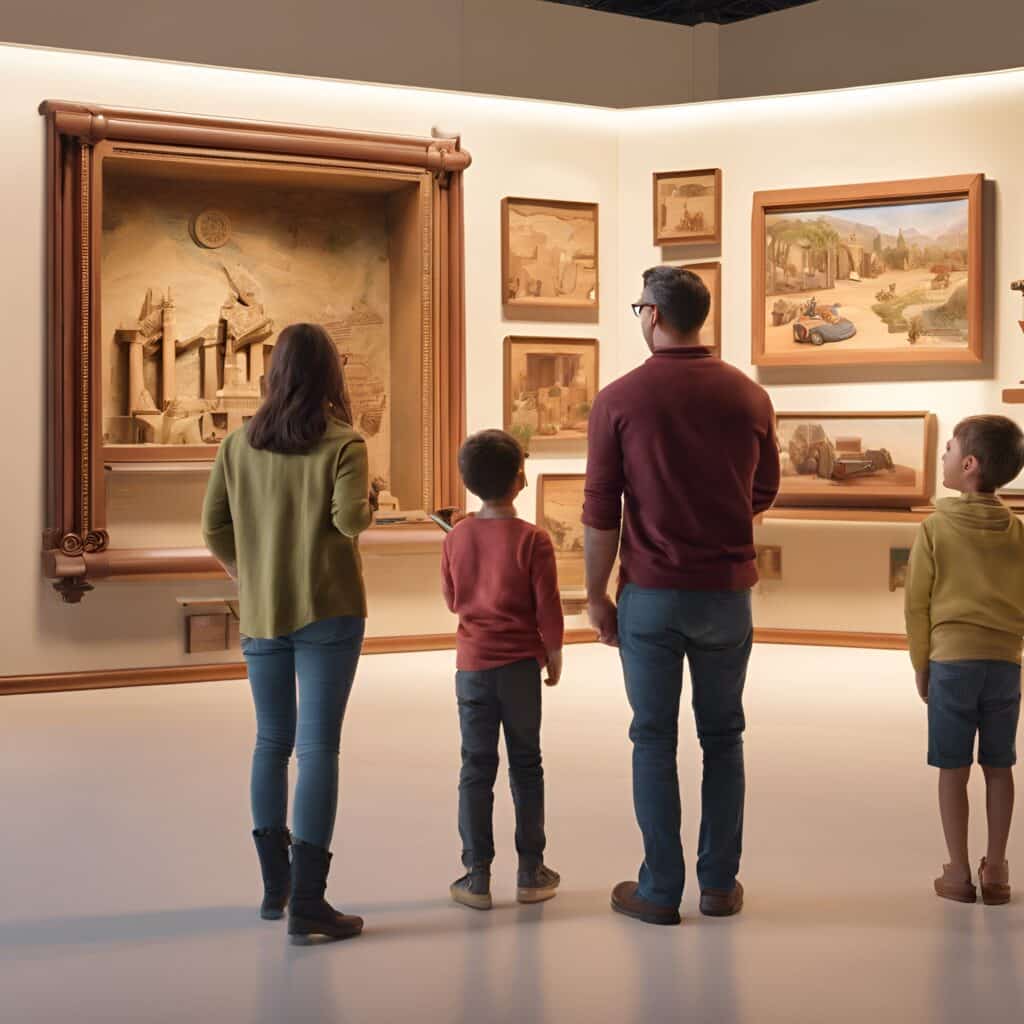Introduzione
La sostenibilità economica dei musei è una sfida sempre più pressante. Storicamente, molte istituzioni culturali hanno fatto affidamento quasi esclusivamente sui finanziamenti museali pubblici. Tuttavia, la crescente incertezza di questi fondi rende indispensabile esplorare strategie di diversificazione dei ricavi. In questo articolo analizzeremo soluzioni pratiche per ridurre la dipendenza dai fondi pubblici, garantendo stabilità e crescita nel lungo periodo.
Perché diversificare i ricavi dei musei?
Dipendere esclusivamente dai fondi pubblici espone i musei a rischi significativi. Tagli ai finanziamenti museali possono compromettere la capacità di offrire nuove mostre, mantenere collezioni e attrarre visitatori. La diversificazione dei ricavi non solo aumenta la sostenibilità finanziaria, ma stimola anche la creatività manageriale dei musei, incoraggiandoli a innovare e coinvolgere un pubblico sempre più vasto.
Strategie per la diversificazione dei ricavi dei musei
1. Offrire esperienze premium e servizi personalizzati
I visitatori sono sempre più disposti a pagare per esperienze uniche e su misura. Tra le opzioni possibili troviamo:
- Audioguide su misura per ogni visitatore.
- Visite guidate esclusive fuori orario.
- Workshop con artisti o esperti del settore.
- Eventi privati come cene o concerti nelle sale espositive.
Un esempio di successo è il Victoria and Albert Museum di Londra, che offre eventi serali esclusivi a pagamento, attirando un pubblico diverso rispetto ai visitatori tradizionali.

2. Sviluppare una strategia digitale per il tuo museo
La digitalizzazione offre nuove opportunità per incrementare i ricavi:
- Vendita di biglietti online con offerte speciali.
- Creazione di contenuti digitali premium, come tour virtuali.
- Utilizzo di piattaforme come amuseapp per generare audioguide personalizzate.
Il Museo del Louvre ha introdotto un tour virtuale a pagamento che ha riscosso grande successo, dimostrando come l’innovazione digitale possa essere una fonte di guadagno.
3. Partnership con aziende e sponsorizzazioni
Collaborare con aziende private può portare benefici economici e visibilità. Le sponsorizzazioni possono riguardare:
- Mostre temporanee.
- Restaurazioni di opere d’arte.
- Programmi educativi.
Un esempio virtuoso è la partnership tra il Guggenheim Museum e BMW, che ha portato alla creazione di eventi culturali innovativi.
4. Crowdfunding e raccolta donazioni nei musei
Le campagne di crowdfunding consentono ai musei di coinvolgere direttamente il pubblico nel finanziamento di progetti specifici. amuseapp facilita la raccolta di donazioni tramite una piattaforma sicura e intuitiva, semplificando il processo per visitatori e istituzioni.
Il Museo Egizio di Torino ha utilizzato con successo il crowdfunding per finanziare il restauro di importanti reperti archeologici, dimostrando come il coinvolgimento diretto del pubblico possa fare la differenza.
5. Programmi di membership e abbonamenti
Creare programmi di membership è una strategia efficace per fidelizzare il pubblico e garantire entrate ricorrenti. I vantaggi per i membri possono includere:
- Accesso prioritario alle mostre.
- Sconti su eventi e prodotti del museo.
- Contenuti esclusivi.
La Tate Modern di Londra ha sviluppato uno dei programmi di membership più popolari in Europa, generando ricavi significativi.
6. Merchandising creativo e sostenibile
Il negozio del museo può diventare una fonte di guadagno importante se gestito con creatività. Puntare su prodotti unici, legati alle collezioni del museo, è una scelta vincente. Inoltre, l’adozione di una filosofia sostenibile nel merchandising può attrarre un pubblico attento alle tematiche ambientali.
Il MoMA di New York ha dimostrato come il merchandising possa rappresentare una parte rilevante dei ricavi grazie a una selezione curata di oggetti di design.
Il ruolo fondamentale della sostenibilità
La sostenibilità è un concetto chiave per il futuro dei musei. Diversificare i ricavi non significa solo aumentare le entrate, ma anche adottare modelli di gestione responsabili che rispettino l’ambiente e le comunità locali. La digitalizzazione, ad esempio, riduce l’impatto ambientale eliminando la necessità di materiali fisici per brochure e audioguide.
Conclusione
La diversificazione dei ricavi dei musei è una necessità per affrontare le sfide del futuro e garantire la sostenibilità economica. Attraverso strategie innovative come esperienze premium, digitalizzazione, partnership, crowdfunding e programmi di membership, le istituzioni culturali possono ridurre la dipendenza dai finanziamenti museali pubblici e prosperare nel lungo periodo.
amuseapp – la rivoluzione digitale per i musei
amuseapp è molto più di una semplice audioguida: è una piattaforma digitale innovativa che trasforma l’esperienza dei visitatori e aiuta i musei a incrementare i ricavi.
Itinerari personalizzati con l’intelligenza artificiale. A differenza delle audioguide tradizionali, amuseapp utilizza l’intelligenza artificiale per creare percorsi su misura in base alle esigenze di ogni visitatore: bambini, persone con disabilità sensoriali, esperti, studenti e molte altre categorie.
Accessibilità in 30 lingue. Oggi solo il 20% dei musei offre contenuti in più di due lingue. Con amuseapp, i musei possono abbattere questa barriera, generando automaticamente testi e audio in 30 lingue e rendendo il patrimonio culturale accessibile a tutti, ovunque.
Chatbot guida turistica. Grazie a un chatbot personalizzato, amuseapp offre ai visitatori una guida virtuale sempre disponibile, in grado di rispondere alle loro domande e arricchire l’esperienza di visita.
Raccolta donazioni semplice e sicura. Con amuseapp, i musei possono raccogliere donazioni direttamente tramite l’app, in modo rapido, sicuro e intuitivo.
Feedback per un miglioramento continuo. amuseapp consente di raccogliere le opinioni dei visitatori sull’esperienza di visita, fornendo ai musei dati preziosi per ottimizzare i propri servizi.
Un’unica soluzione, molteplici vantaggi. Con amuseapp, i musei possono offrire un’esperienza innovativa, inclusiva e interattiva, migliorando al tempo stesso il proprio modello di sostenibilità.
Scopri di più su amuseapp.

